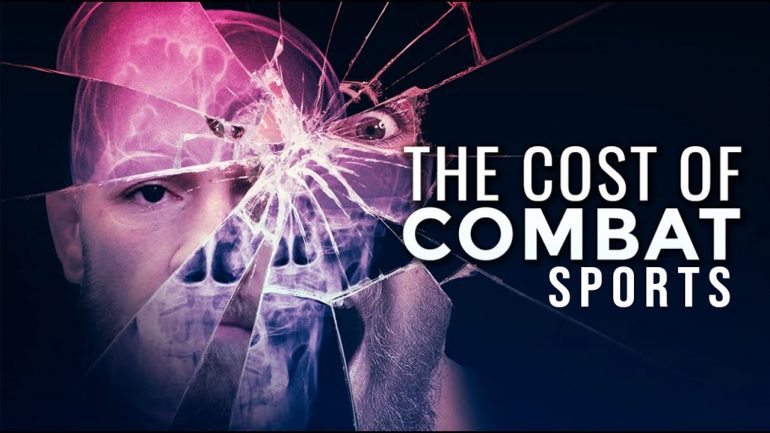Chronic Traumatic Encephalopathy (CTE) is a debilitating neurodegenerative condition that primarily affects individuals who have experienced repeated head trauma, particularly athletes engaged in contact sports like American football, boxing, hockey, and soccer. CTE is characterized by the accumulation of abnormal proteins in the brain, leading to severe cognitive, emotional, and behavioral symptoms. This condition has garnered significant attention in recent years due to its association with professional athletes, but its impact extends far beyond the sports arena.
Pathophysiology:
CTE’s hallmark is the buildup of tau protein in the brain, causing the formation of neurofibrillary tangles. These tangles disrupt normal brain function and can lead to a cascade of neurological problems. While the exact mechanisms are not fully understood, it is believed that repetitive head injuries trigger this abnormal protein accumulation, which can continue to progress even years after the trauma.
Symptoms:
CTE presents a wide range of symptoms, often appearing years or decades after the initial head injuries. Common manifestations include memory loss, confusion, mood swings, depression, anxiety, aggression, and impaired cognitive function. As the condition progresses, individuals may experience severe dementia-like symptoms, which can be profoundly disabling.
Diagnosis:
Currently, CTE can only be definitively diagnosed post-mortem through the examination of brain tissue. However, ongoing research aims to develop diagnostic tools that can detect CTE during a person’s lifetime, which would be a crucial advancement for early intervention and treatment.
Risk Factors:
The primary risk factor for CTE is a history of repetitive head trauma. This includes not only concussions but also subconcussive blows that may not produce immediate symptoms. Athletes, military personnel, and individuals in professions with a high risk of head injuries are particularly susceptible. However, CTE has been found in individuals who did not engage in organized sports, suggesting that any repeated head trauma can contribute to its development.
Prevention and Awareness:
Efforts to prevent CTE involve improving safety measures in contact sports, such as helmet design and rule changes. Additionally, increased awareness of the condition’s risks has prompted many sports organizations to implement stricter protocols for diagnosing and managing concussions.
Conclusion:
Chronic Traumatic Encephalopathy is a serious and progressive neurological condition that highlights the long-term consequences of repeated head injuries. While it primarily affects athletes, it underscores the importance of head injury prevention and the urgent need for further research to better understand, diagnose, and treat CTE in its early stages. Public awareness and advocacy efforts continue to grow, emphasizing the importance of protecting brain health in all walks of life.
Directed by: Mixed Martial Academic





Excellent documentary, well presented of seriousness of the issues.
You are not right. I’m sure. I can prove it.
It might be good if the editor had a sound tech balance the volume.